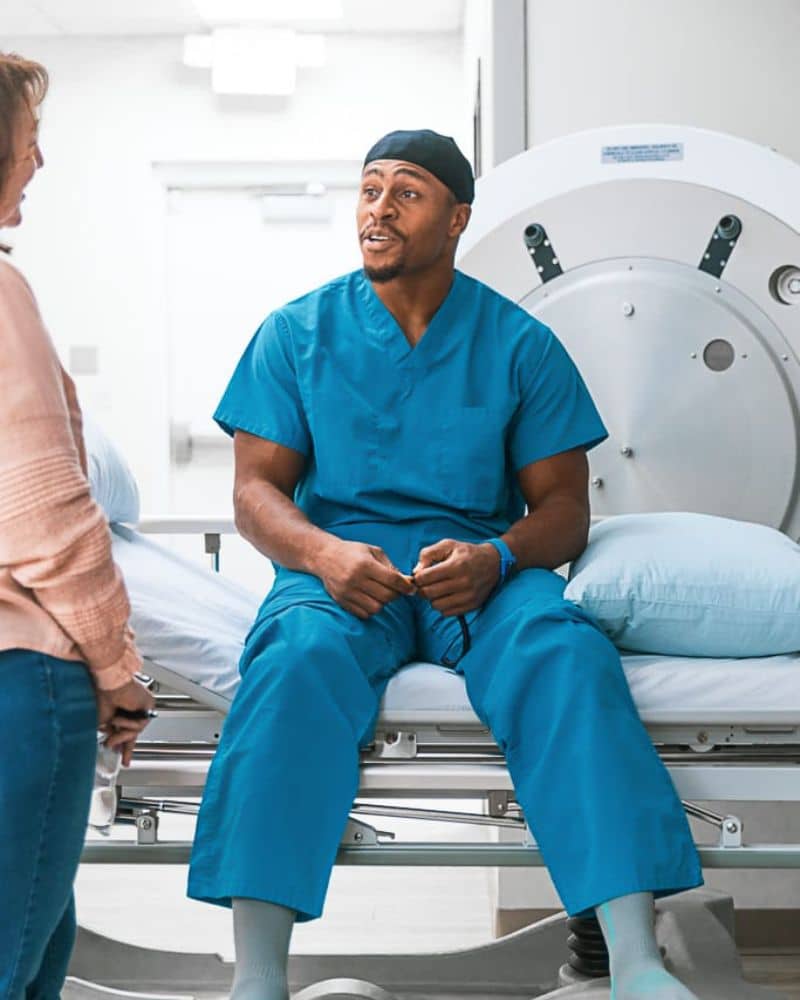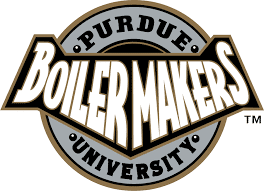Serious about performing at the highest level as an athlete?

Physical maintenance and recovery are fundamental to an athlete’s ability to perform at optimal levels. Hyperbaric oxygen therapy for athletes of all ages can can play a significant role in their ability to achieve excellence.
There simply is no better way to get oxygen to your cells than with medical-grade oxygen delivered at pressure in a hard chamber.
Hyperbaric Oxygen Therapy sessions help keep athletes going throughout a long season. We treat a lot of professional and collegiate athletes here, but HBOT can also benefit anyone who takes their sport seriously.
We’ve treated it all: sprains, strains, deep bruises, rib and joint injuries, torn tendons and ligaments, fractures, and concussions. Post-operative treatments improve the quality of the wound (increased tensile strength of the scar tissue) and speed the return to play.
We welcome the opportunity to help you or your clients safely and quickly recover from injury and the stress of practice, training, conditioning, and competition.
Or call us now at 317-669-6970.
Athletes rely on the benefits of Hyperbaric Oxygen Therapy for their healing and performance.
The benefits that come from our hard-sided chambers can’t be achieved in a soft-sided chamber. The concentration of oxygen (typically administered via mask) and the low pressure in a soft chamber are not nearly enough to meet medical standards for therapeutic benefit. In contrast, the hospital-quality hard chambers we use pressurize to recommended therapeutic treatment levels of 1.5 to 2.0 ATA.
Our chambers are the largest available – 41″ internal diameter and 108″ internal length, so even 7′+ players fit comfortably – and are equipped with an entertainment center and video streaming platforms. You won’t find this kind of comfort in a soft chamber. Plus, trained chamber operators remain in attendance with you for the entire treatment.
Or call us now at 317-669-6970.
Trusted by professional & collegiate athletes from Indiana & across the USA.

colts

pacers

IU

purdue

butler

fuel

bears

browns

knicks

bengals

Mad Ants

anderson
True Medical Therapy
Therapeutic Hyperbaric Oxygen Therapy for athletes is a medical treatment providing 100% pure oxygen under pressure to push oxygen into the blood vessels and tissues beyond what happens with normal circulation.
Sports injuries often occur in tissues such as tendons, ligaments, and bone which have low blood flow to begin with. HBOT quickly delivers oxygen to the injured tissues, and over time will stimulate the growth of new blood vessels.
The regular use of HBOT optimizes cellular function, and research has shown that HBOT heightens the synthesis of nitric oxide, which in turn results in the release of stem cells. Stem cells are part of the body’s natural rebuilding process: they accelerate wound repair and the regeneration of damaged tissues.
Reduces Inflammation, Pain, and Swelling
HBOT benefits both healthy tissue that needs rejuvenation and damaged tissue. It reduces inflammation and thereby can reduce pain and swelling from injury or overuse, which allows for an earlier return of range of motion and can reduce the need for pain medication. Bruising is resolved quickly. It works synergistically with other treatment modalities like PRP and exosomes.
Less pain and better mobility benefit not only the injured athlete, but also those athletes who need to perform at the highest level throughout training and their sports season.
Hospital-Grade Hyperbaric Treatment for Athletes Without the Hospital
Or call us now at 317-669-6970.
